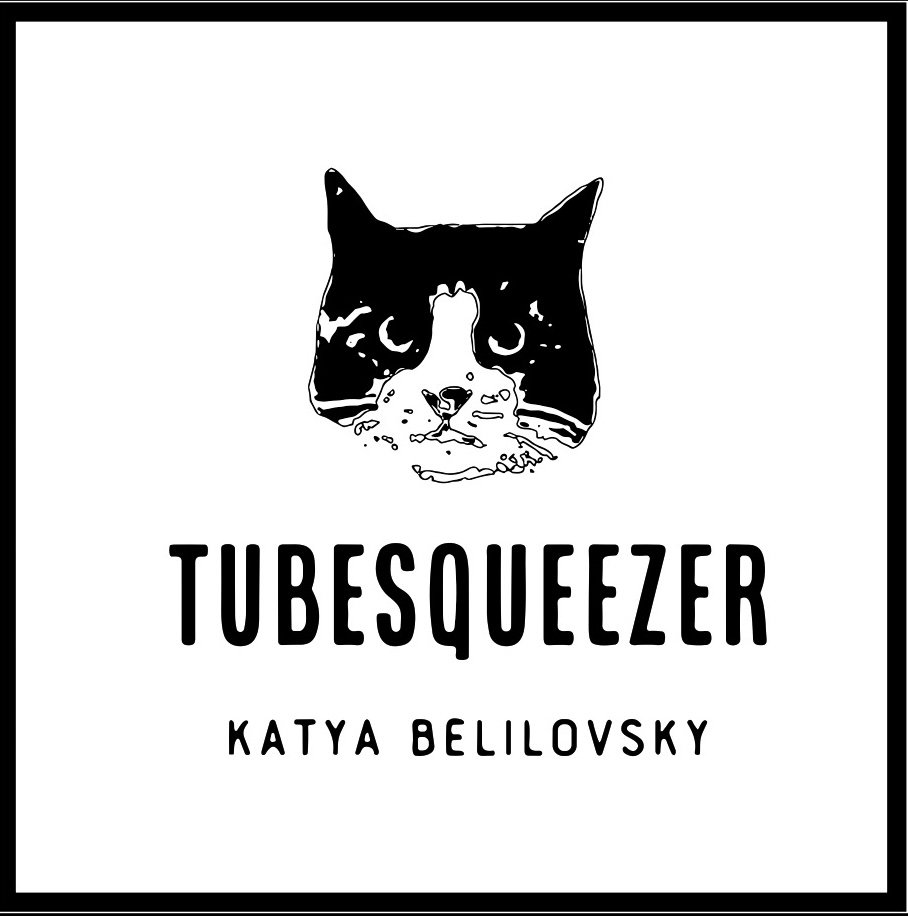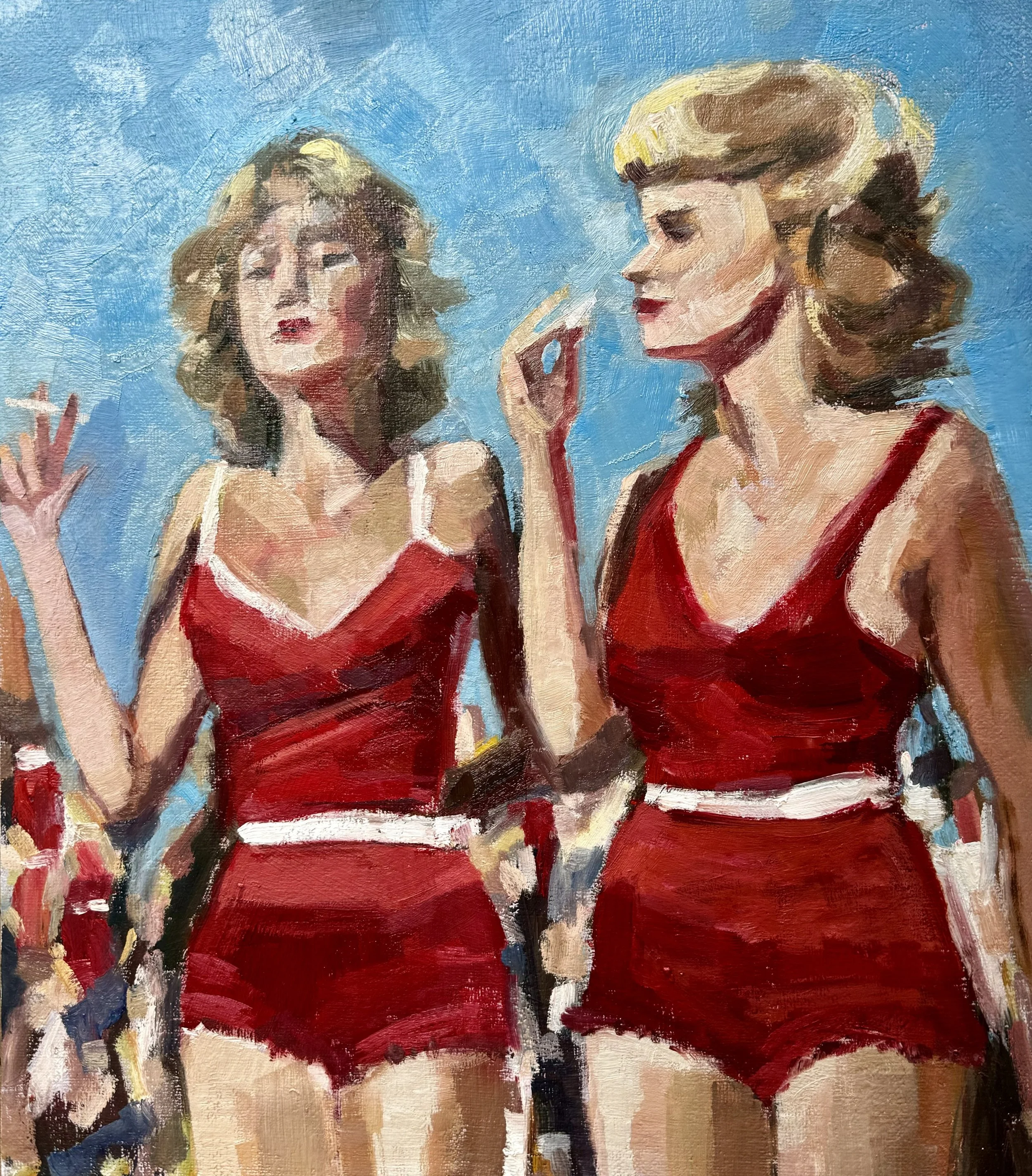developing a painTIng From Start to Finish: How a Netflix Doc Inspired My Latest Painting
As an artist, I spend most of my time alone, usually with a podcast or audiobook playing in the background. But when I finally get to show my work, it’s like the world cracks open, and people show up—curious, full of opinions, stories, and questions. And honestly, that’s the best part: meeting people I never would have crossed paths with otherwise.
They ask all kinds of things, but the one I hear the most is, “Where do you get your inspiration?”
The easy answer is from everyday life. But what does that even mean when my days aren’t filled with epic adventures or life-changing moments? If I’m being real, most of my ideas come from quieter, more random places—conversations with my husband, doomscrolling through Twitter, and watching old movies.
Lately, I’ve been on a kick with terrible 80s films. They’re weird little things that somehow manage to fill me with both hope and despair at the same time—an odd but strangely motivating mix.
This particular painting started brewing after I watched a Netflix documentary about the Dallas Cowboys cheerleaders. It stuck with me—so bizarre and far from anything I’d ever experienced. I couldn’t stop thinking about it. What’s it like to be an ex-cheerleader? What happens when your value has been tied to youth, beauty, and precision? And why would anyone encourage their daughter to aspire to become one, knowing what it demands? And how on earth do they do it basically for nothing, whaaaat? These questions just kept swirling around in my head.
Painting is how I work through these kinds of thoughts—or at least how I keep them from taking over. I don’t know why it works, but it does. Creating doesn’t always give me answers, but it gives me space — enough clarity or peace to keep going without being drowned in the questions.
I imagined two older cheerleaders — still wearing the makeup, the costumes, and the smiles, but with a bit of fatigue and crankiness showing through. In my mind, they’ve lived through injuries and surgeries, hiding scars under glitter and sequins. I sketched a few versions, trying to capture their posture—the way their bodies tell stories that words can’t.
I made two gouache studies, but the second one felt like it hit a dead end, like I’d gotten stuck in my head. That’s when I realized the painting needed to be vertical, with just two figures. It felt right—intimate without feeling lonely.
In the end, the painting became more than just a response to a documentary. It turned into a reflection on things I may never fully understand. That’s the strange magic of art — it doesn’t always offer answers, but it gives me a place to sit with the questions for a while. And sometimes, that’s enough.




